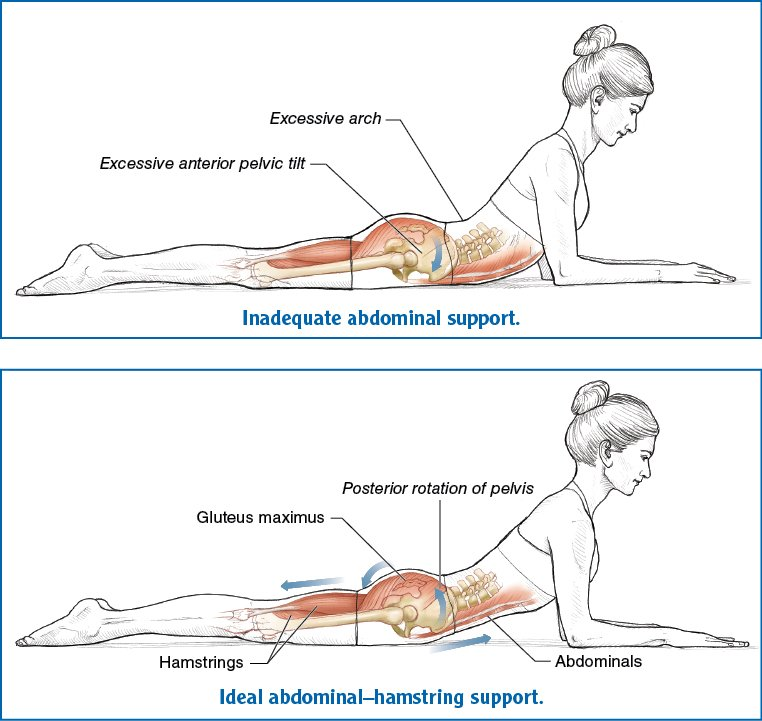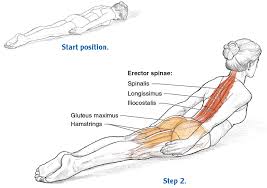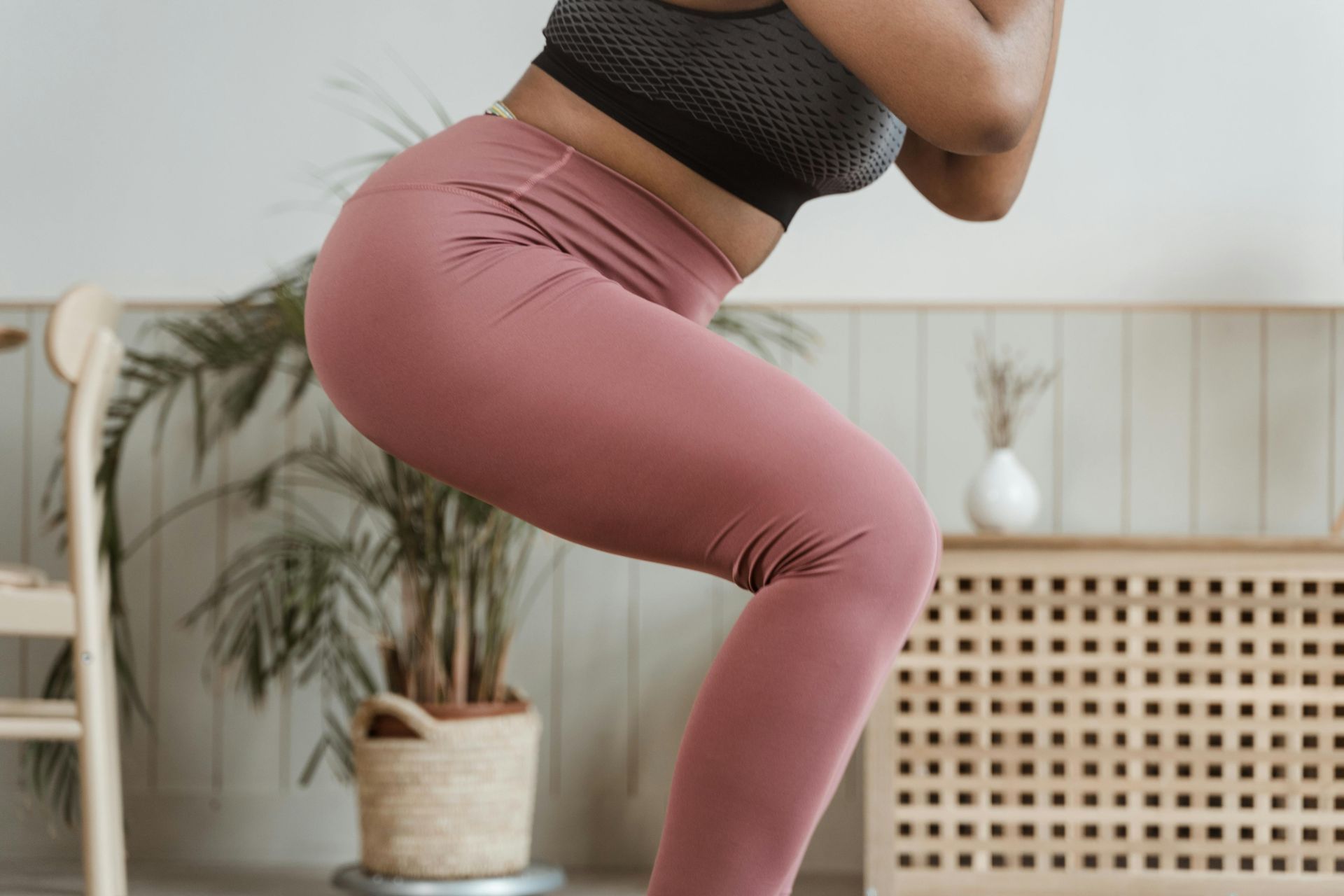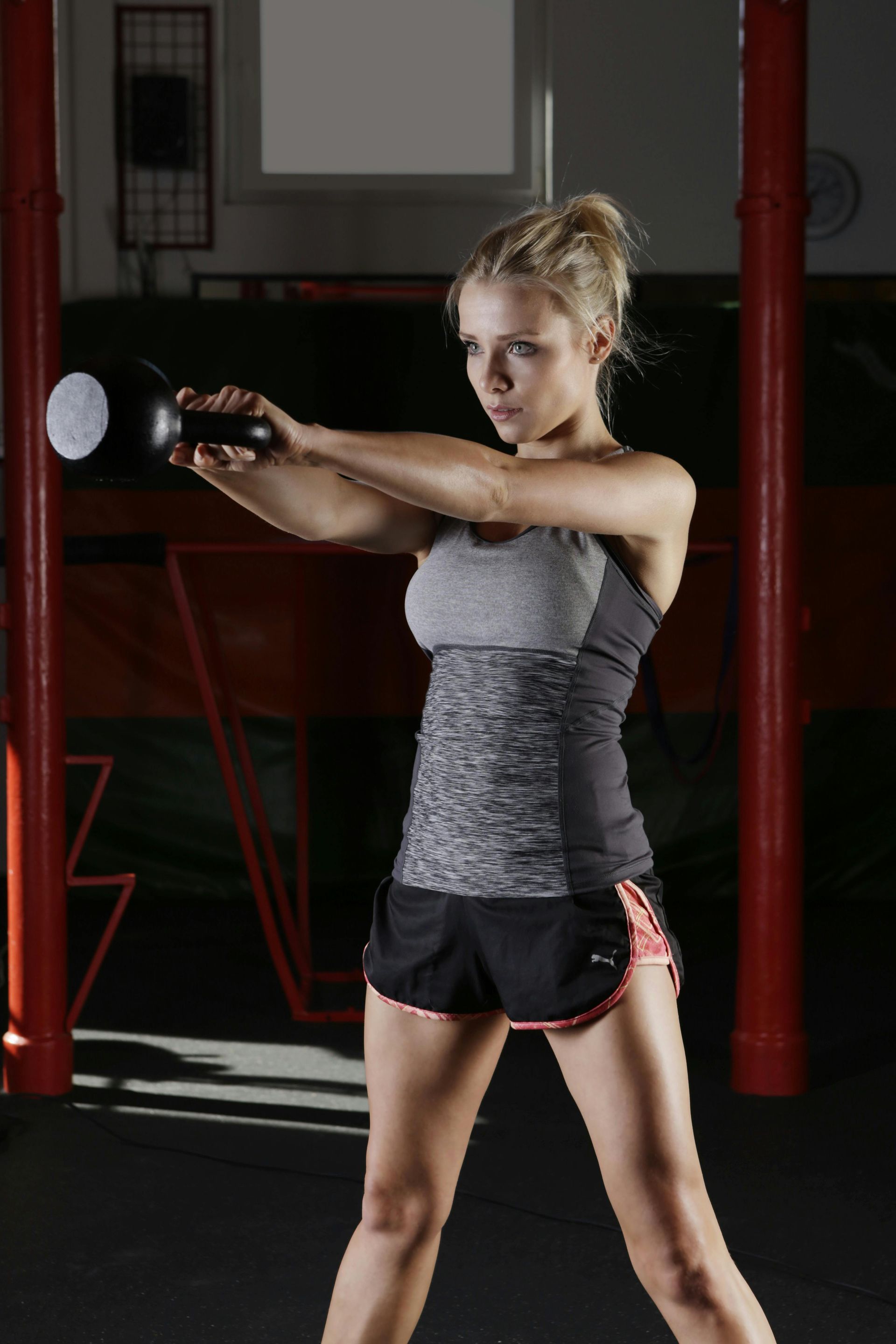Oh, so it’s just an upper body exercise then? Nope. In order to counteract the pull from your abdominal muscles, which is an upward pull on the pelvis, you need to tuck your pelvis under and at the same time, lengthen the legs away. This also helps to reduce the stress on your lower back. Not sure what I mean? Look at this:
Why we need to talk about reversing "text neck"
Jane Arlow • May 22, 2020
How's your back feeling today?
We all spend a lot of time in our daily lives in what’s called “spinal flexion” – hunched over computers, phones and steering wheels. As we tend to spend so much time in this position, our bodies adapt to make this our default posture – spines rounded, heads and shoulders forwards. The muscles in our backs become weaker as they sit in a permanently lengthened position, those in our chests and neck become weaker, but tighter.
And in Pilates, a lot of our exercises also emphasise the same position. Think of any of the exercises where you curl your head and shoulders up from the mat such as chest lift, single or double leg extension, the hundreds.
In order to reverse some of the effects of our daily postural habits, it’s important that we work in extension during every class and when we practice at home.
I often get questions about this family of exercises so if you’ve ever had questions but not got around to asking, here are some of the most frequently asked. Please do email me if I haven’t covered your question!
How do I know if it’s a spinal extension exercise?
Generally, it’s an exercise where you’re face down, either on all fours or on lying on your front where you sequentially extend the back vertebra by vertebra.
What muscles are we working in a spinal extension exercise? We usually work the muscles that run down either side of your spine, (erector spinae) and the deep muscles that sit underneath them. The various different extension exercises also emphasise working other back muscles that are essential for stabilisation of the torso (which is why we change which ones we do from week to week).
It hurts my lower back when I perform extensions like this. What am I doing wrong?
You know when I ask you to pull your tummy button into your spine? That’s to ensure that your abs are engaged and are providing support during both the extension phase and while you’re lowering your trunk back to the floor. If you keep sufficient abdominal engagement throughout the exercise, you’ll avoid over-arching your back. While this engagement is important during simple spinal extensions like diamond press, once you move into more challenging exercises like swimming, it’s essential.
OK, I’ve pulled my belly button in, lengthened my legs away and now I’ll just lift my upper body off the floor? Not exactly…. Imagine you’ve got a rubber band anchored at your feet that is being pulled out and up from the crown of your head. It’s not just a lift, it’s an elongation.
Think I’ve mastered the spinal extension now. What’s next?
Thanks for asking. It’s everyone’s favourite (well, one of my favourites, anyway) - swimming.
Not only does this exercise focus on spinal extension, but you also have to activate the rotational actions of the spinal extensors to keeping your body still and avoid rocking or rolling from side to side. AND as a bonus, it encourages you to activate your glutes to lift your legs off the floor and your quads to keep the legs straight.
This means that this exercise works directly to offset the posture of anyone who sits at a desk for a living! You’re welcome.
How can I train myself to do swimming better?
Start by simply adding the arm and leg extensions to the spinal extension – think of reaching the limbs out long. Legs and arms are heavy so you need to make sure that you’ve got enough abdominal strength to support your lower back.
If you’re comfortable here, start slow by extending opposite arm and leg while the other arm and leg stay on the floor. Again, think elongation not just lifting. Are both hip bones still grounded?
Can you now extend both arms and legs, and slowly, extend them even further alternately and oppositely?
Once you’re able to stay stable while moving slowly in this position, you can start to make the movement faster – the leg action should be like a flutter kick, from the hip.
So, that’s it, the most frequently asked questions about spinal extensions. Now, off you pop and get extending.

October's Breast Cancer Awareness Month and if you haven't done it recently, please let this be the nudge you need to give them a good feel up. Here 's a link to the NHS website below showing how to perform your check and what to look for. If you're one of my gentlemen readers, please don't think this doesn't apply to you. It does. Men can still get breast cancer. And if you find something that doesn't seem right, please contact your GP as soon as possible. 80-90% of lumps are likely to be benign, but for the small percentage of those that aren't, early detection and treatment are your best chances of having successful treatment and being around to annoy friends and family for a long time. Don't skip your mammogram I know having mammograms is really uncomfortable. But this is one of the best ways to check for cancers that aren't otherwise easily spotted. So if you get invited, please go. (And don't skip your smear test either!!!) Know your risk factors 1 in 7 women will get breast cancer in their lifetime. Here are some of the risk factors: - Age : older women are more likely to get breast cancer than younger women and age is the highest risk factor. - Genetics : Breast cancer risk is higher if you have first-degree relatives who've had it (although 85% of women with a relative with breast cancer WON'T get it). - Breast density (relates to the percentage of non-fatty tissue): the risk is highest for those with the most dense tissue. You can ask your radiographer to tell you whether you have dense tissue at your mammogram. - Lifestyle factors: These include having overweight or obesity, alcohol consumption, tobacco use and insufficient physical activity. - Exposure to endocrine disrupting chemicals: These "forever" chemicals, such as pthalates and parabens, show up in makeup and toiletries. Risk doesn't normally come from one exposure to one chemical, but from prolonged exposure to many different chemicals over a long period of time. You can read more about the risks here It's worth noting that even if you get a diagnosis, it's unlikely you'll ever know if there was "one thing" that caused it. What happens if you get a diagnosis of breast cancer? I am in no way competent to comment on the treatment plan your medical team recommend for you. Everyone I know who's had breast cancer has had a different treatment plan, depending on: the stage of cancer; whether it had spread further; whether it was hormone-receptive; whether it was due to genetic mutation; and the age of the woman. I do know that for all of us, it was a really scary time. You should be given access to resources outside of the surgical and oncology team, often via a Macmillan nurse, who can answer questions on topics from your treatment and reactions, to claiming for extra benefits. They're also great if you're not sure what questions to ask. While you're in the heat of the panic, it can be difficult to think clearly about what you need to know. Using "what should I be asking that I'm not?" is super helpful. Keep moving after your diagnosis, during and after treatment The one thing I can advise you on with all confidence, is to keep moving. Exercise is safe, possible and helpful for individuals with breast cancer, throughout the treatment cycle. In fact, international guidelines say you should try to get back to your normal activities as soon as possible. Exercise can help reduce the risk of cancer coming back; and may stop stage 1 cancers from growing further; and can also reduce treatment side effects like tiredness, cognitive impairment or lympoedema. Yes, you may need to dial back your usual activities if treatment leaves you feeling exhausted. But whenever you can, please aim for 150 minutes of exercise in every week. Many forms of treatment also lead to a higher osteoporosis risk, so please also do resistance-based and/or some impact-based exercise every week. I'd also recommend paying attention to shoulder mobility. Scar tissue and "guarding" of surgery sites can reduce your range of movement a lot. Check in with your medical team to confirm if there's any specific movements you should avoid during your treatment plan, and when you'll be signed off to go back to them. One last piece of advice someone else gave me... When you tell people you have cancer, a lot of them will have an opinion on your treatment plan. Especially if they're of the "my friend cured their cancer by just eating this one thing.." type. Unless this person is an oncologist, you can safely ignore them! So, what are you still doing reading this? Go off and give yourself a fondle!











